- DroidAfrica
- Xiaomi
- Xiaomi Redmi Y3
Xiaomi Redmi Y3
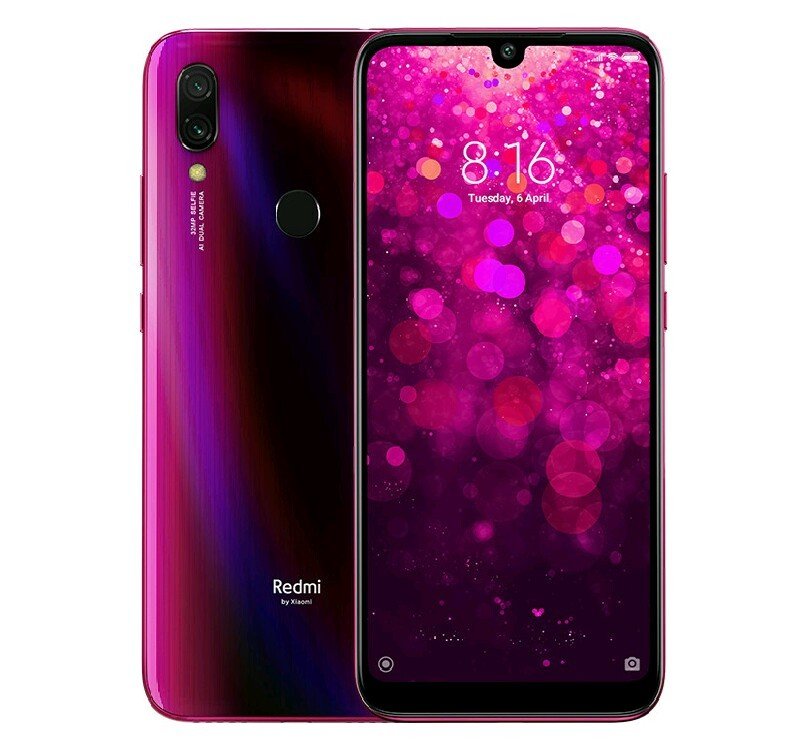
Xiaomi Redmi Y3 Highlights and Overview
The Xiaomi Redmi Y3 is a selfie centric budget smartphone from Xiaomi. The device is very similar in almost everything, to the Redmi 7, but the Redmi Y3 comes with a larger 32MP front-facing camera, instead of the 8 megapixel used on the Redmi 7.
It has a 6.26-inch HD+ waterdrop notch display, is powered by same Qualcomm Snapdragon 632 SoC with 3/4GB RAM, 32/64GB internal storage, and runs Android 9.0 (Pie) based on MIUI v10, out of the box.
On the camera department, the Redmi Y3 features a 12-megapixel rear camera with LED flash along with a secondary 2-megapixel camera for capturing depth information in portrait shots. Turning upfront, the device packs a larger 32MP front-mounted camera, featuring 0.8μm pixel size and f/2.25 aperture.
The phone comes with Corning Gorilla Glass 5 Protection on the front, with a unique gradient finish on the back. Just like the Note 7, the Redmi Y3 also features P2i nano coating making it splash proof.
The device comes with dedicated dual SIM and microSD card slots and packs a 4000mAh battery juice. Other key specifications and silent features of the Xiaomi Redmi Y3 are detailed in the specs table below.
Xiaomi Redmi Y3 Full Specifications and Features
NETWORK
| Technology | GSM / HSPA / LTE |
| 2G Network Bands |
GSM 850 / 900 / 1800 / 1900 - SIM 1 & SIM 2 (dual-SIM model only) CDMA 800 & TD-SCDMA |
| 3G Network Bands |
HSDPA 850 / 900 / 1900 / 2100 CDMA2000 1xEV-DO |
| 4G Network Bands | LTE band 1(2100), 2(1900), 3(1800), 4(1700/2100), 5(850), 7(2600), 8(900), 20(800), 28(700), 38(2600), 39(1900), 40(2300), 41(2500) |
| Speed | HSPA 42.2/5.76 Mbps, LTE-A (3CA) Cat9 450/50 Mbps |
LAUNCH
| Also Known As |
- - |
BODY
| Dimensions | 158.7 x 75.6 x 8.5 mm (6.25 x 2.98 x 0.33 in) |
| Weight | 180 g (6.35 oz) |
| Build | Front/back glass (Gorilla Glass 5), plastic frame |
| SIM Type | Dual SIM (Nano-SIM, dual stand-by) |
DISPLAY
| Display Type | IPS LCD capacitive touchscreen, 16M colors |
| Size | 6.26 inches, 97.8 cm2 (~81.5% screen-to-body ratio) |
| Resolution | 720 x 1520 pixels, 19:9 ratio (~269 ppi density) |
PLATFORM
| Operating System | Android 9.0 (Pie); MIUI 10 |
| Chipset | Qualcomm SDM632 Snapdragon 632 (14 nm) |
| CPU | Octa-core (4x1.8 GHz Kryo 250 Gold & 4x1.8 GHz Kryo 250 Silver) |
| GPU | Adreno 506 |
MEMORY
| RAM + ROM | 2/3/4 GB |
| Card Slot | Yes, up to 128 GB via microSD card (uses SIM 2 slot) |
MAIN CAMERA
| Camera Type | Double Lenses |
| Camera Sensor(s) | 12 + 2 megapixel main camera |
| Camera Features |
Autofocus Continuous shooting Digital zoom Optical zoom Geotagging Panorama HDR Touch focus Face detection White balance settings ISO settings Exposure compensation Self-timer Scene mode Sensor size - 1/2" Pixel size - 1.6 μm (4-in-1 pixel binning) Phase detection with Dual Pixel |
| Video Resolution | 1080p@30fps |
SELFIE CAMERA
| Camera Type | Single Lens |
| Camera Sensor(s) | 8-megapixel |
| Camera Features |
f/2.0 aperture 1/4" Pixel Size, 1.0µm, Autofocus |
| Video Resolution | 1080p@30fps |
SOUND
| Loudspeaker | Yes |
| Speaker Location | Chin, below display |
| Audio Jack Type | Yes, 3.5mm audio jack |
CONNECTIVITY
| Bluetooth | Bluetooth 4.2, A2DP, LE, aptX HD |
| NFC | |
| GPS | Yes, with A-GPS, GLONASS, BDS |
| FM Radio | No |
BATTERY
| Battery Capacity | Non-removable Li-Po 4000 mAh battery |
| Wireless Charging | No |
| Talk Time Talk Time is the longest time that a single battery charge will last when you are constantly talking on the phone under perfect conditions, Ambient temperature and highly dependent on the cellular network environment such as the distance to the closest cell network tower. | Up to 24 hours |
| Stand-by | Up to 380 hours |
OTHER FEATURES
| Sensors | Fingerprint (side-mounted), accelerometer, proximity, compass |
| Box Contents | Charging Brick / USB cable |
Xiaomi Redmi Y3 User Reviews and Opinions
Disclaimer Note
This specification was entered manually, hence we CANNOT guarantee 100% accuracy. Any error? Let us know in the comment section.







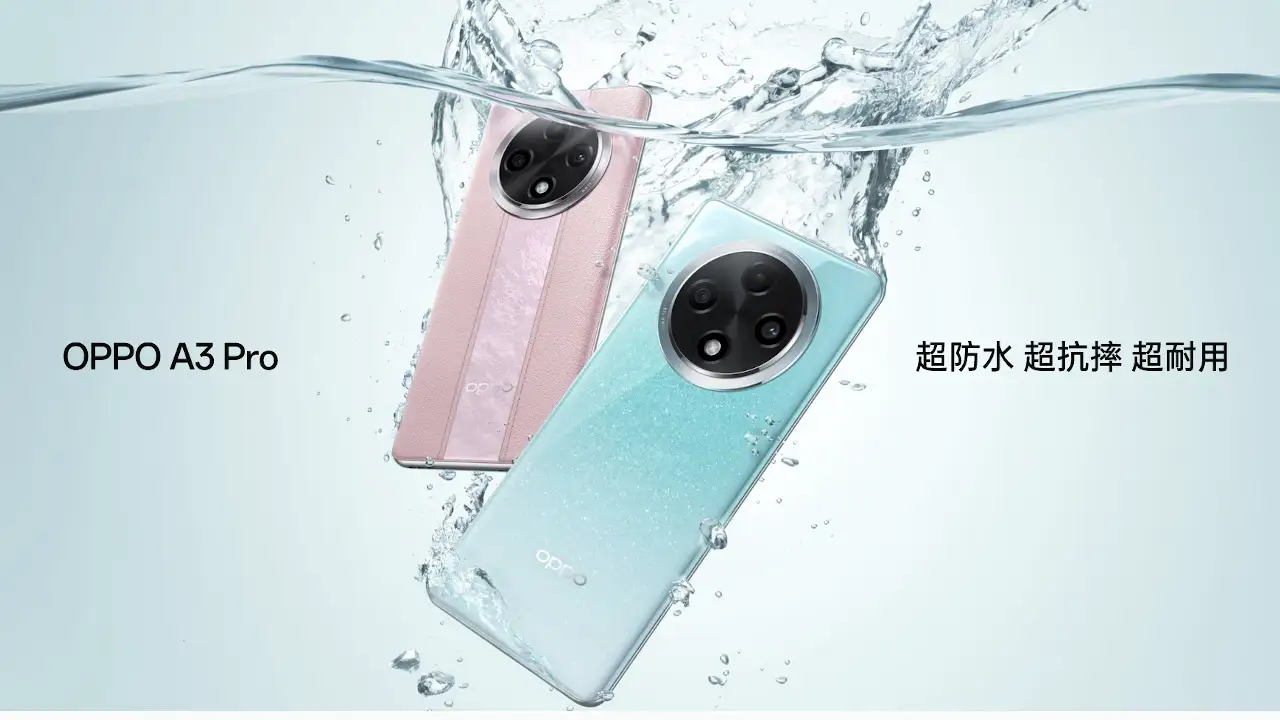

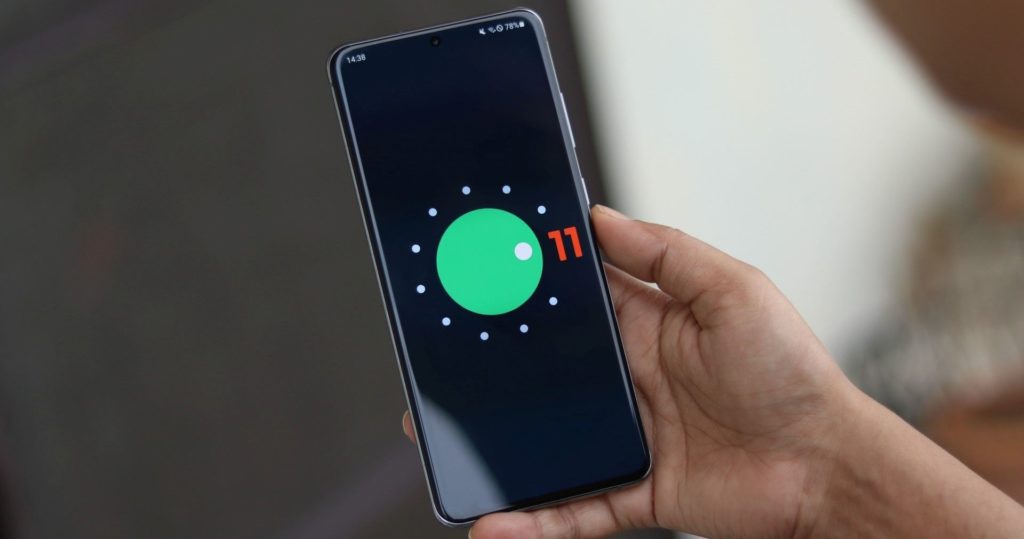
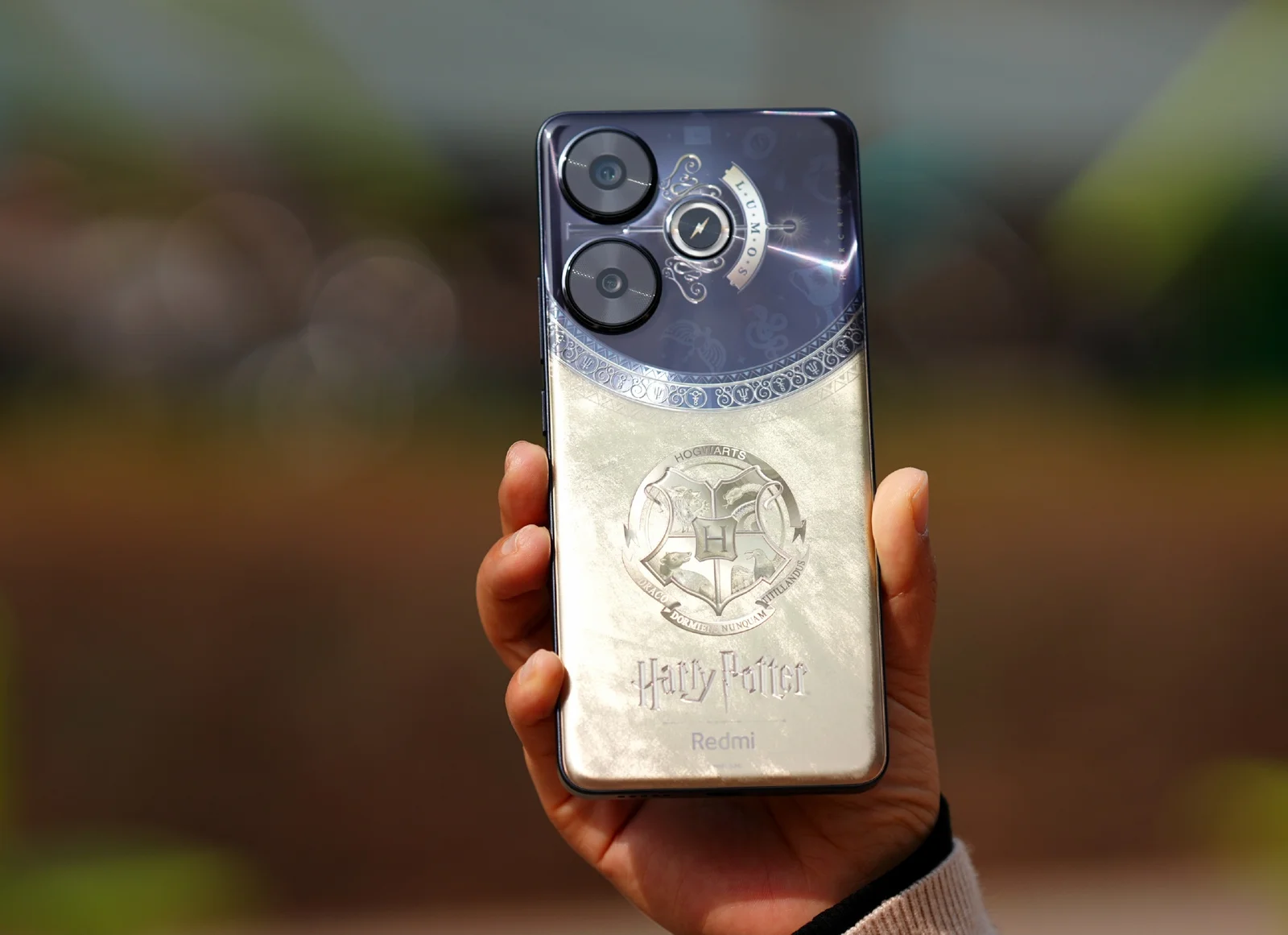
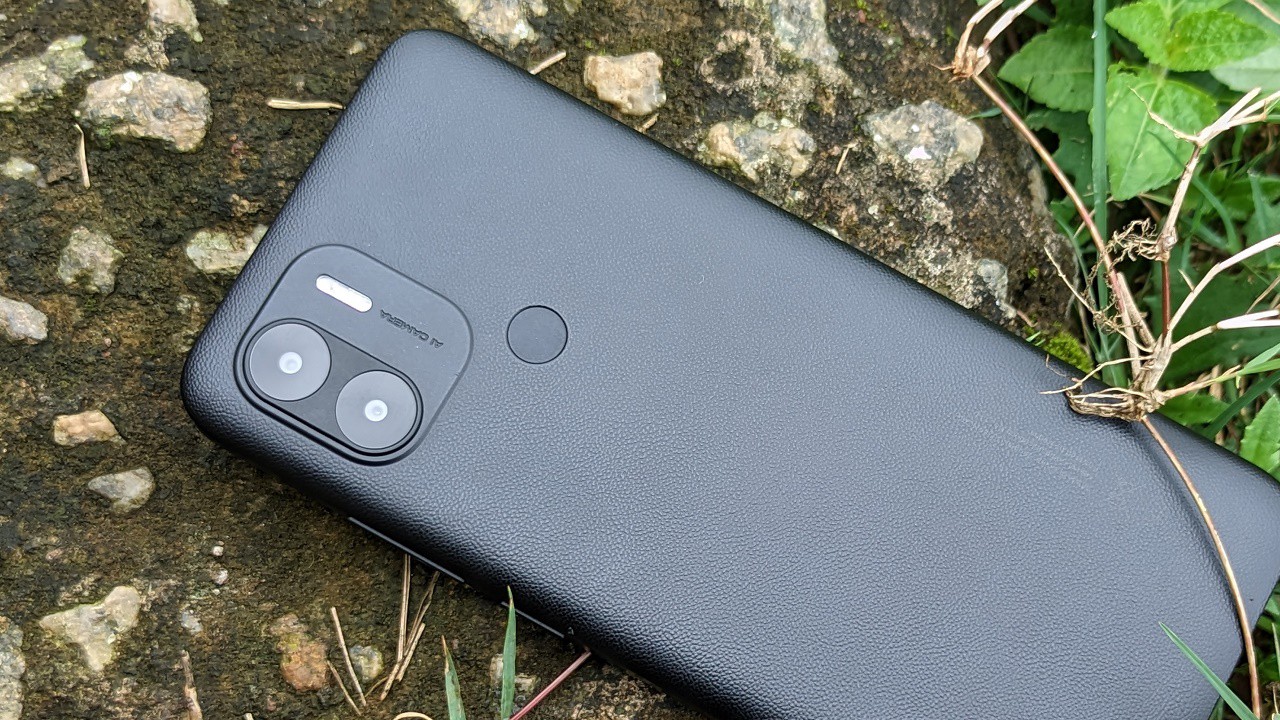
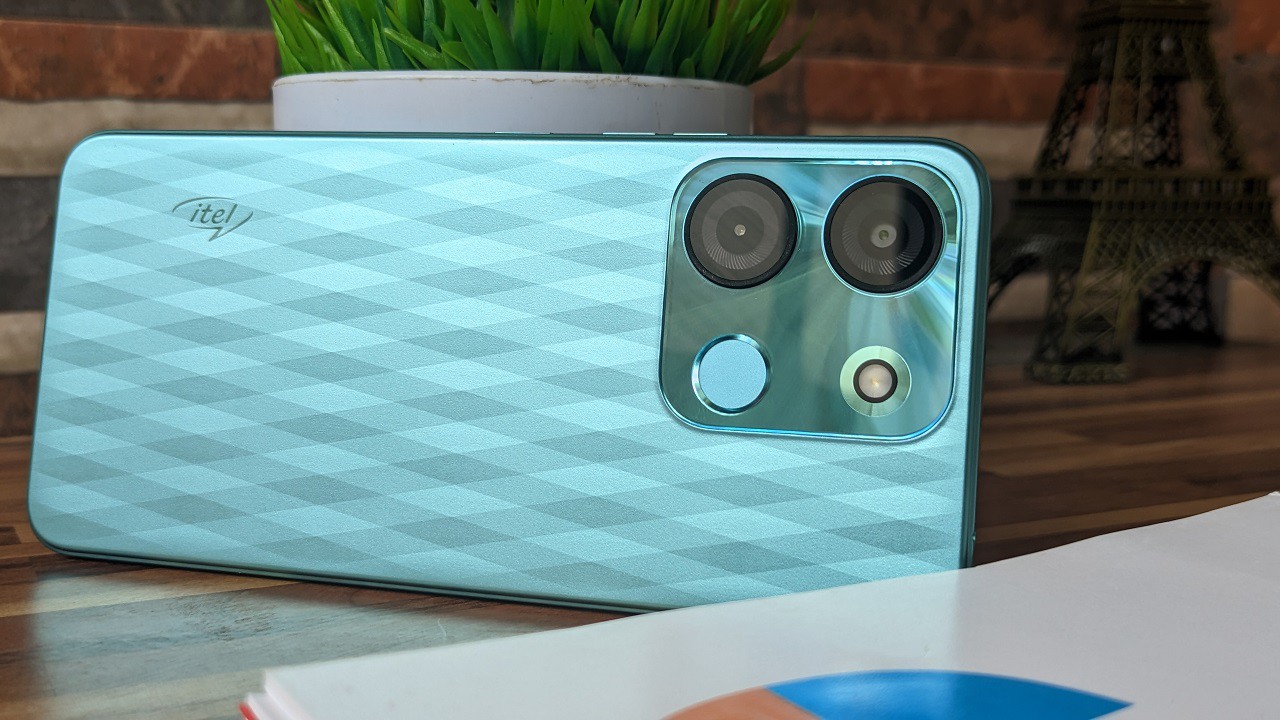
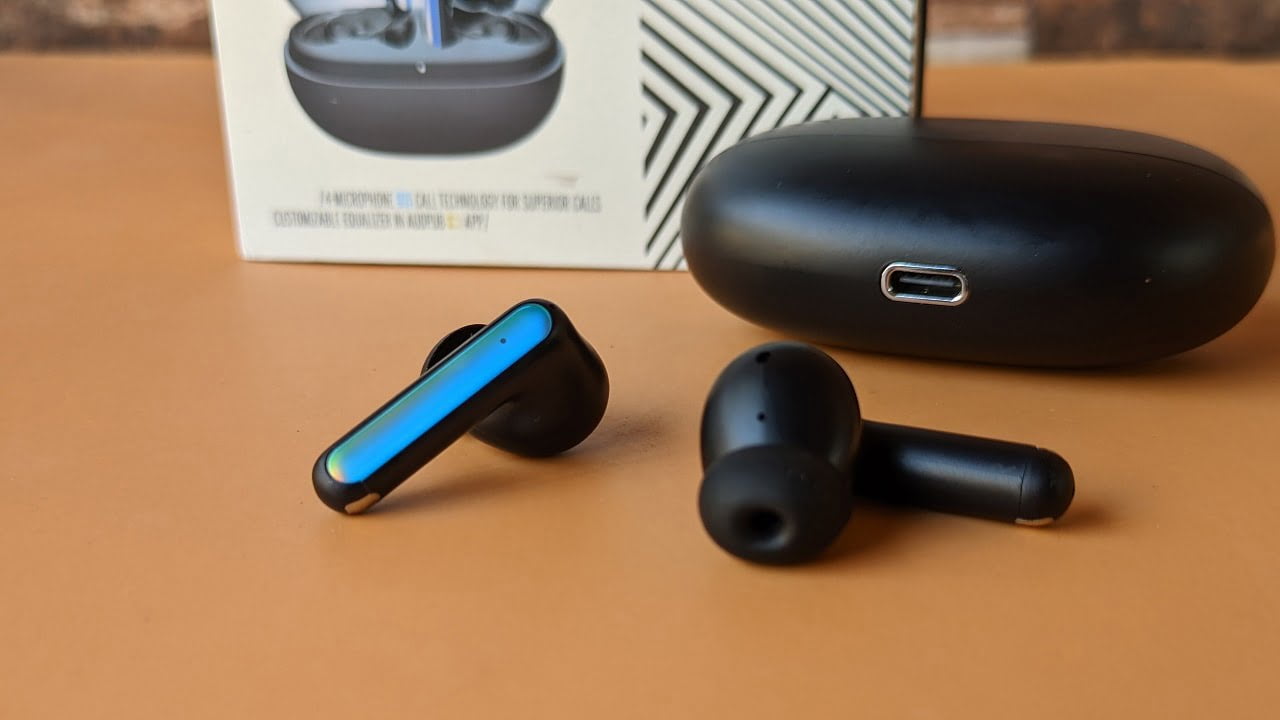
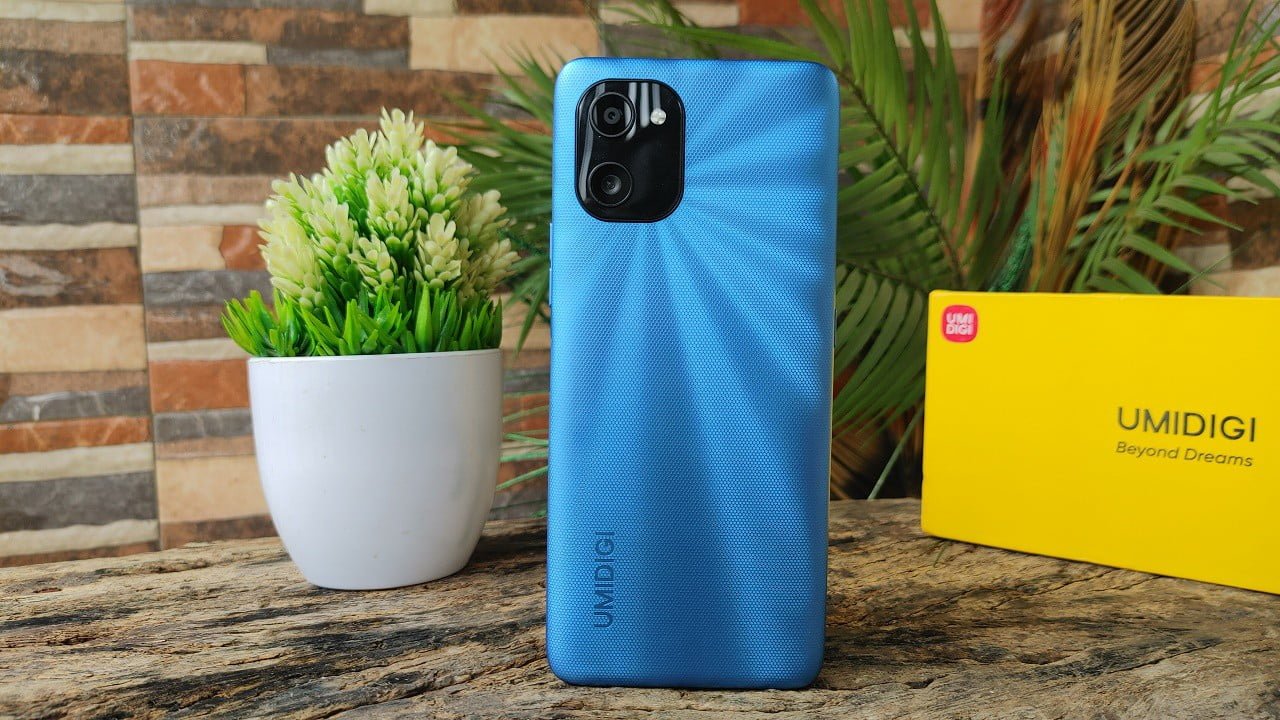
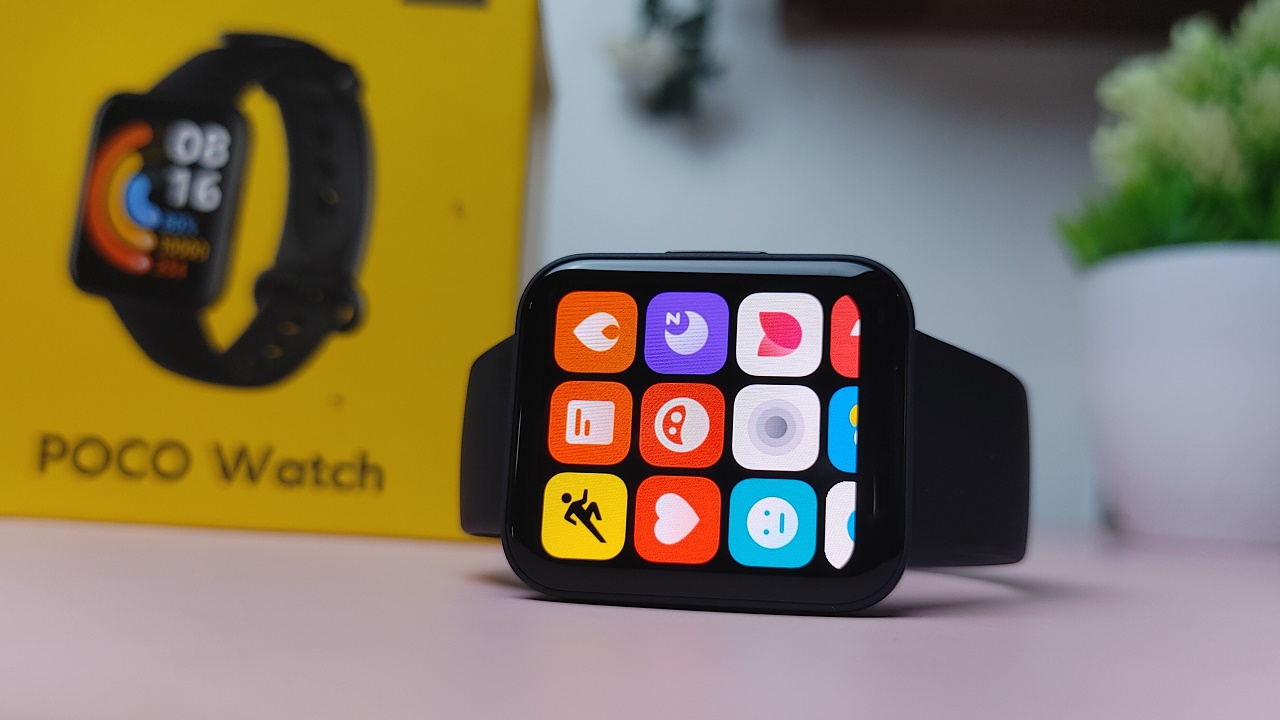
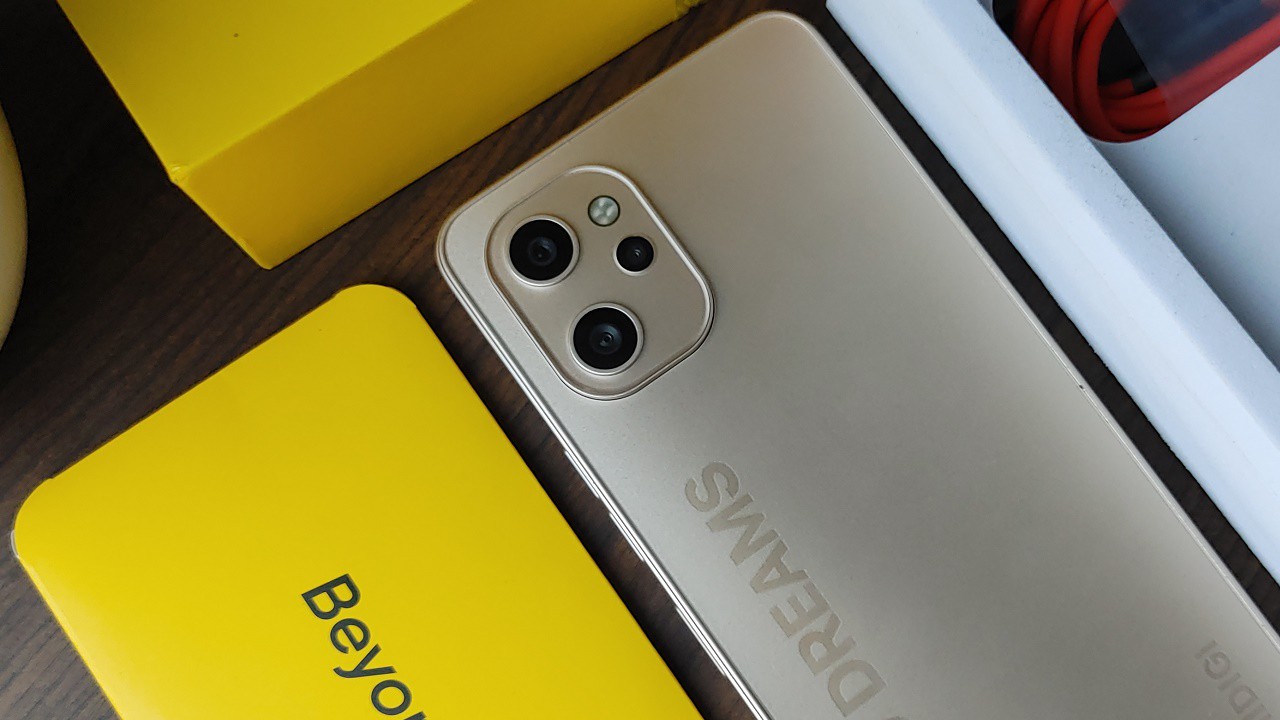
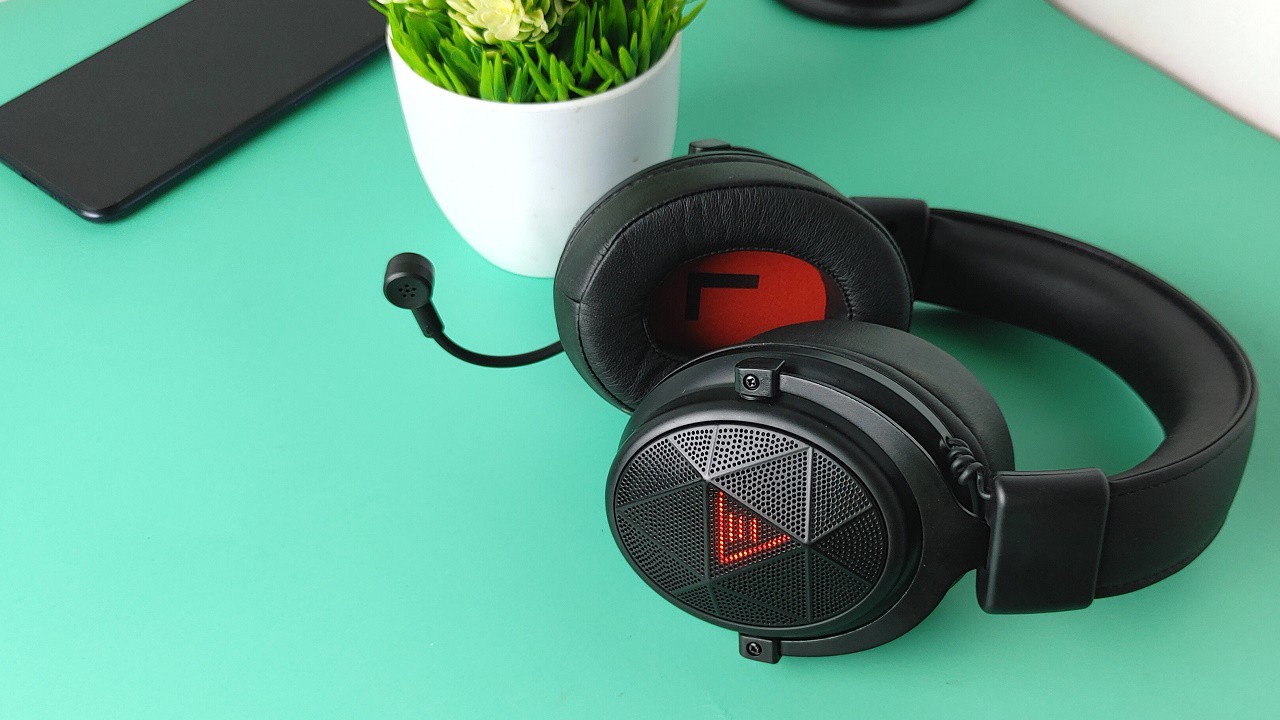
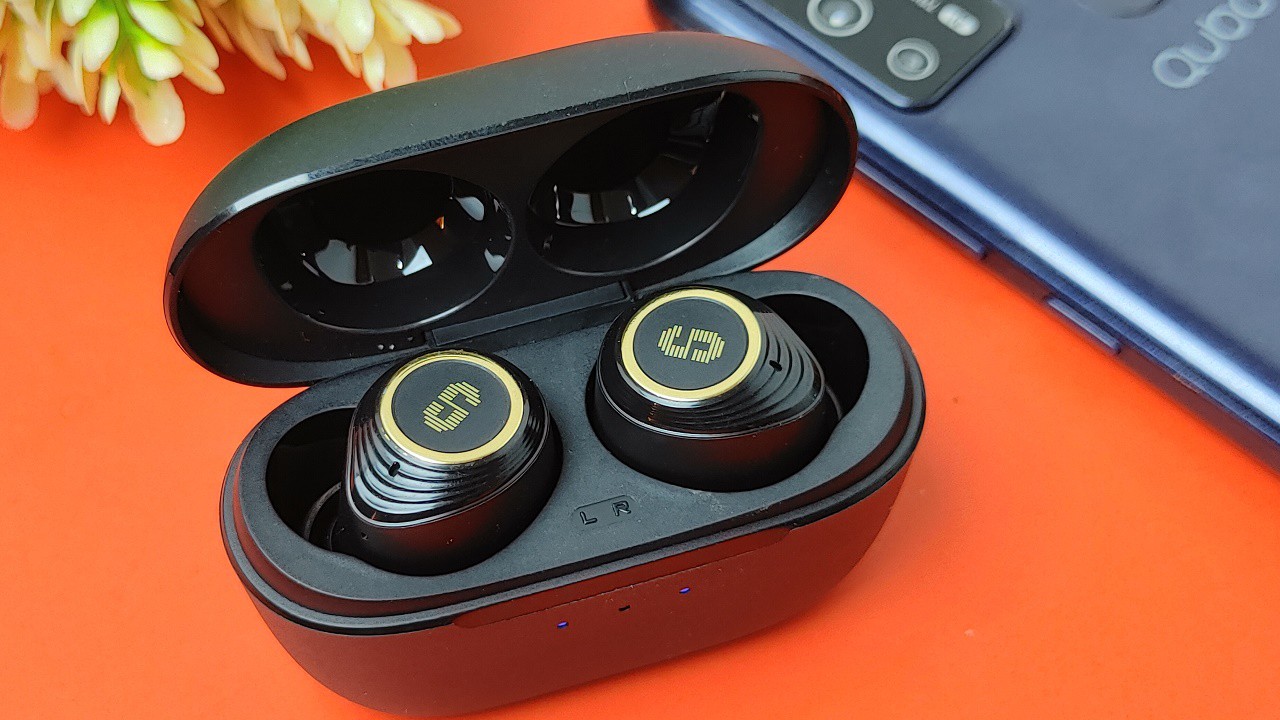
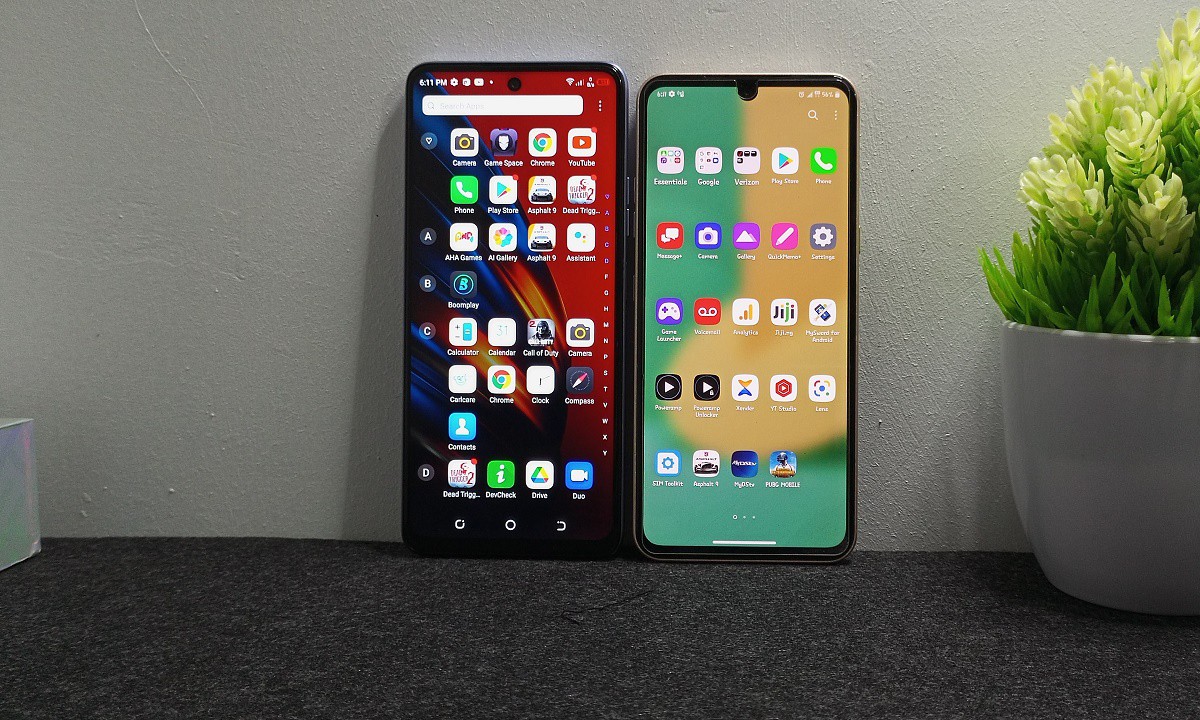

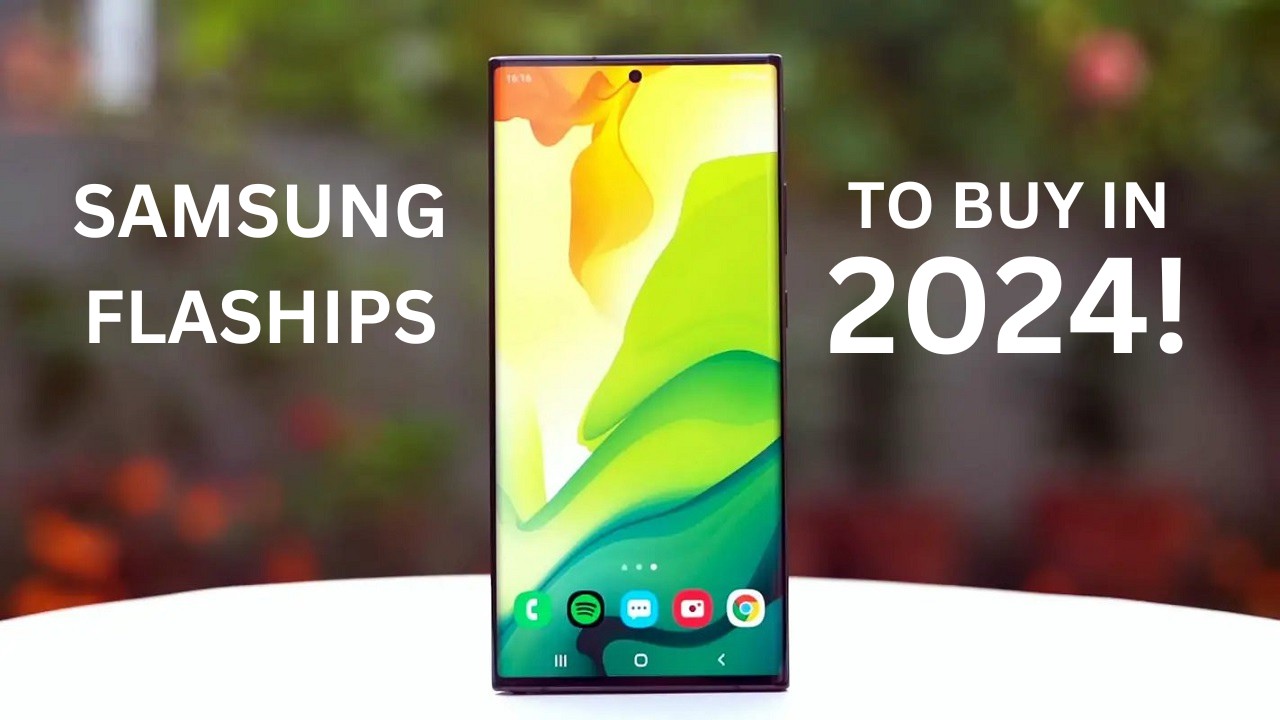
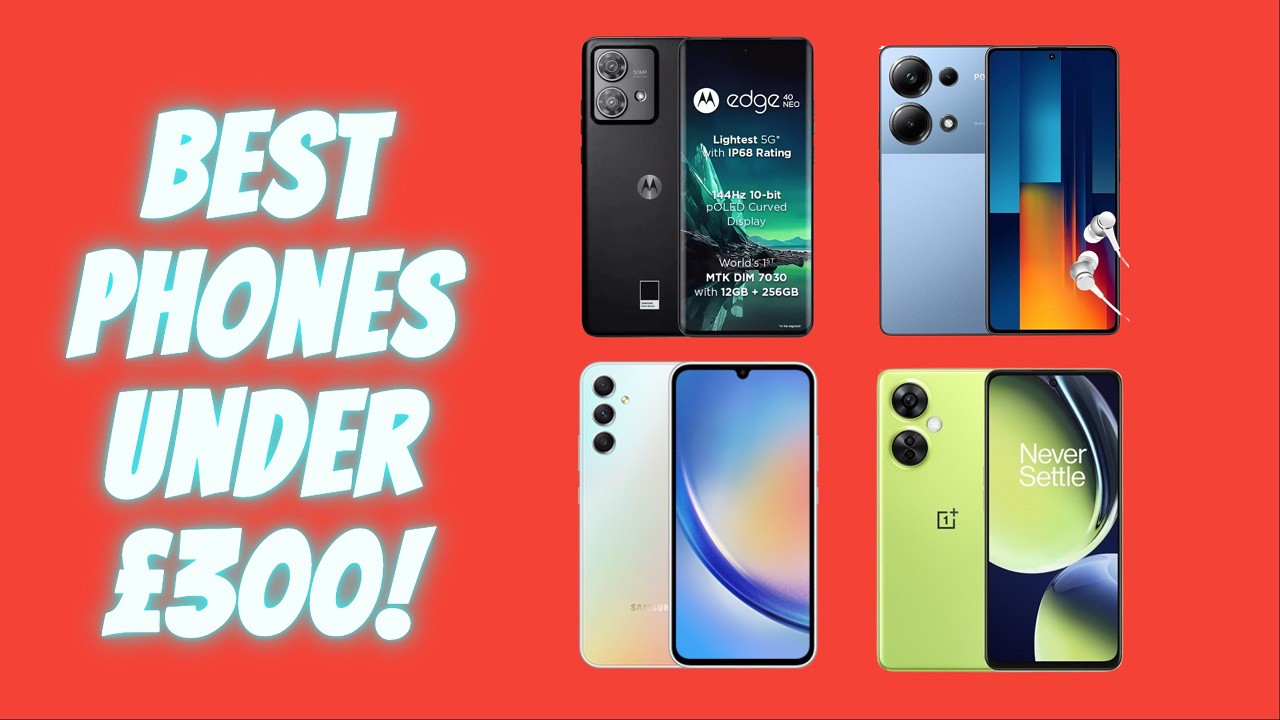

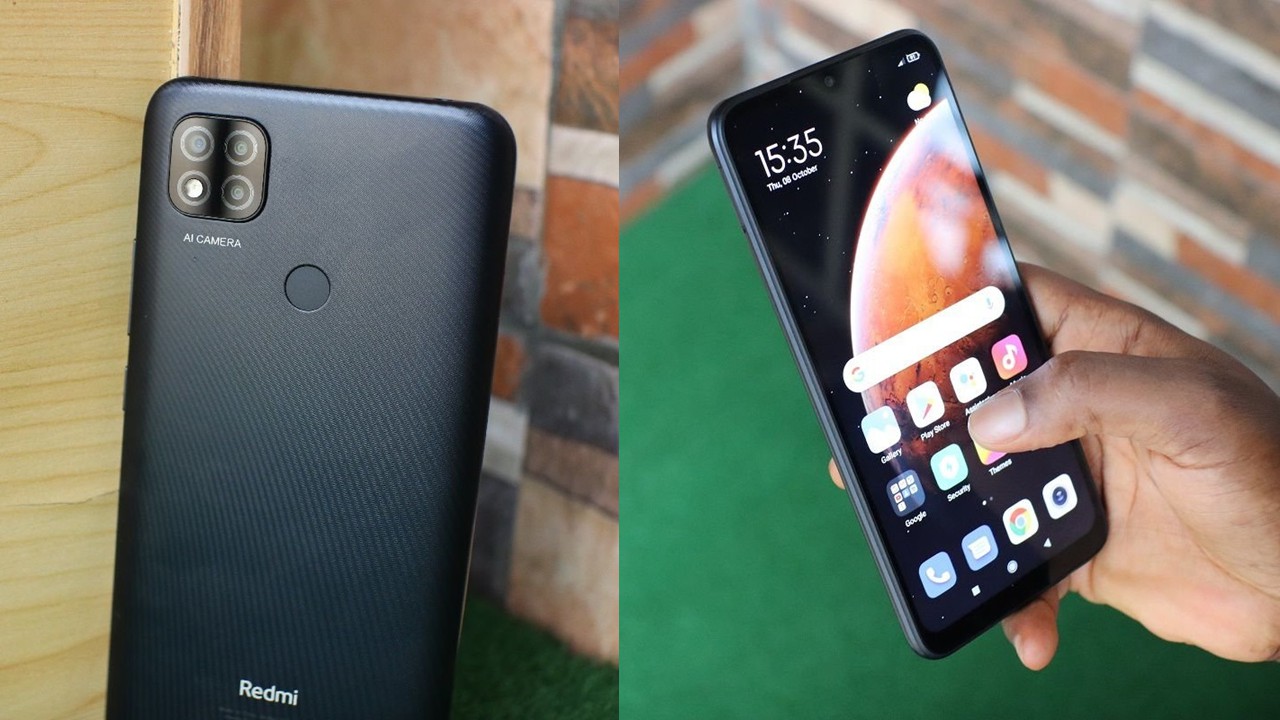
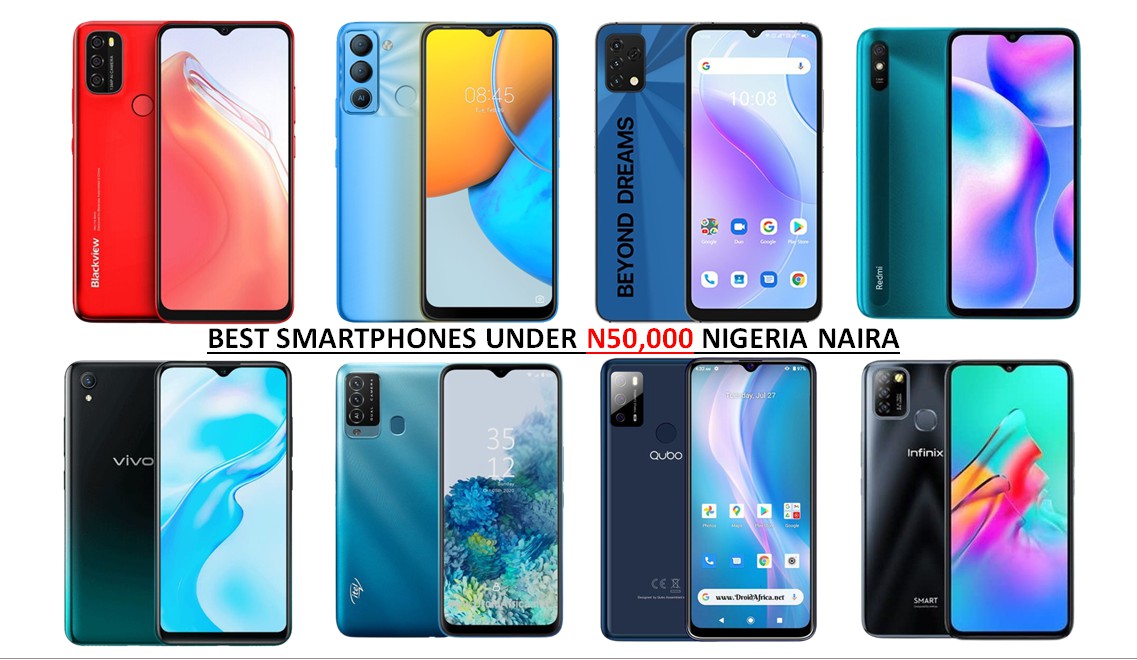
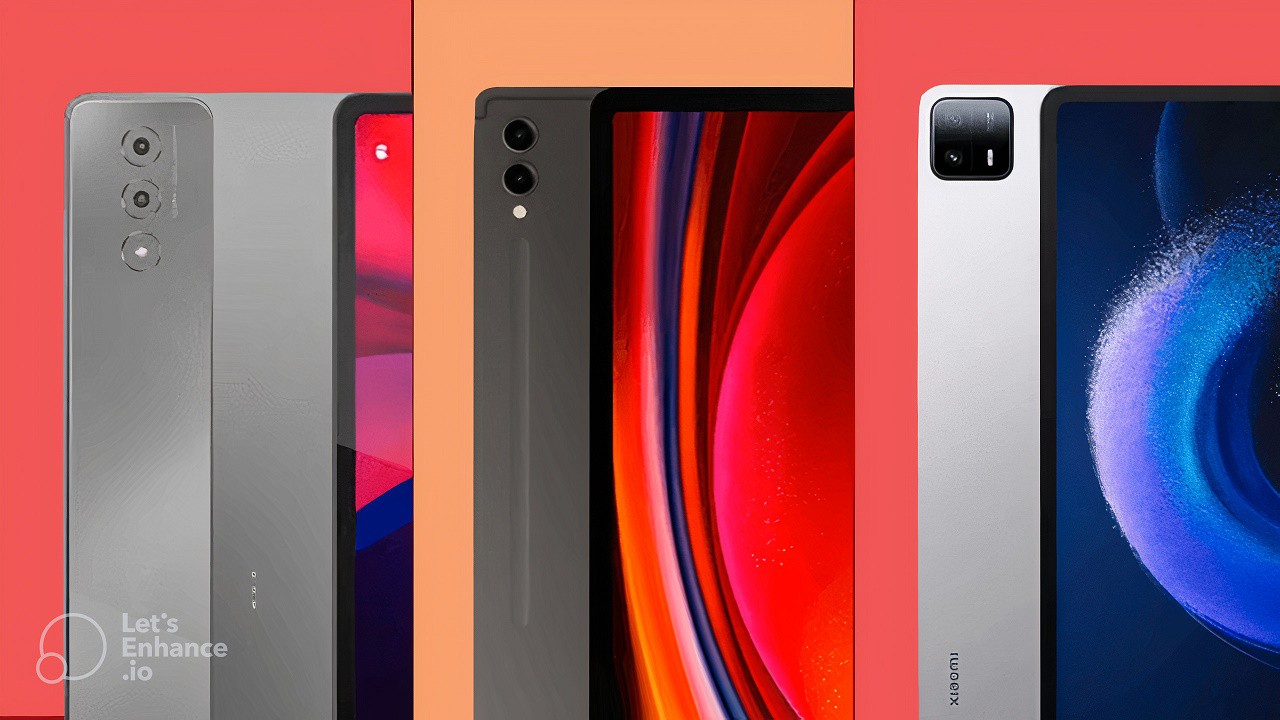
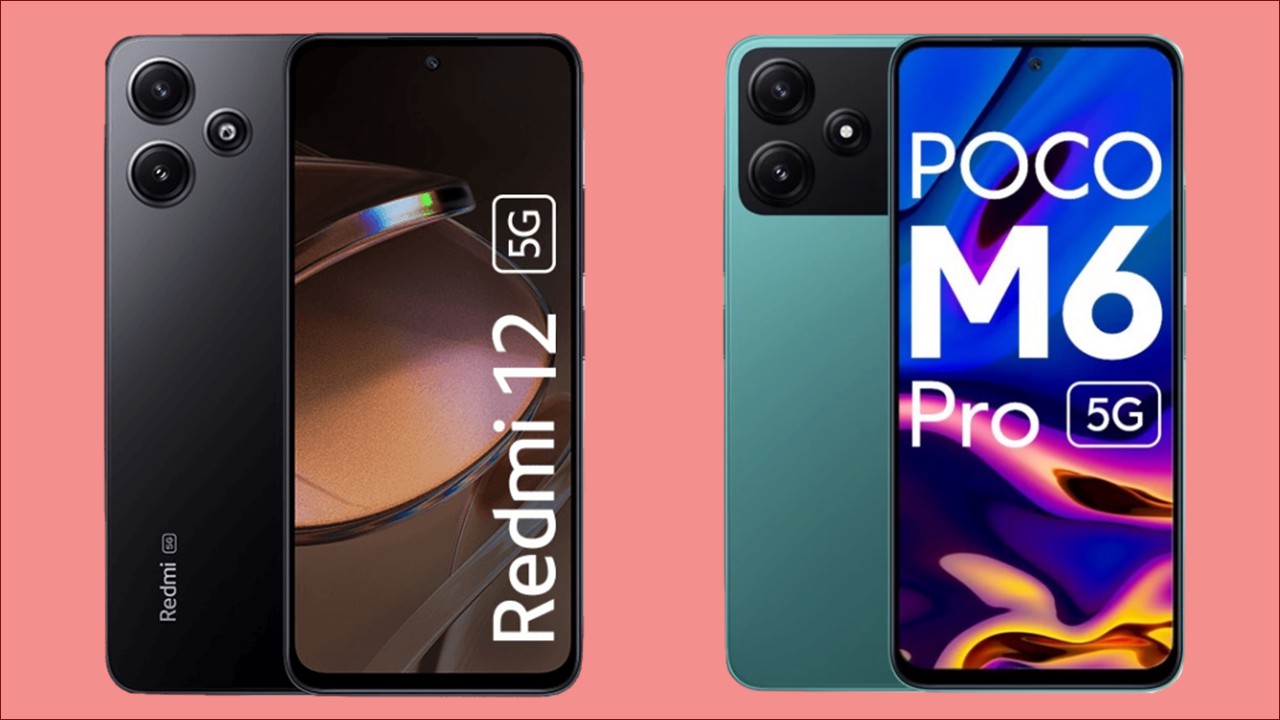
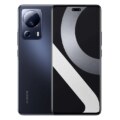
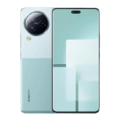
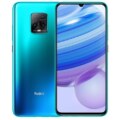
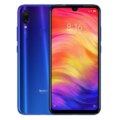
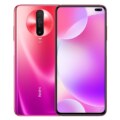
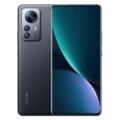
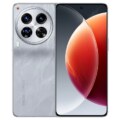

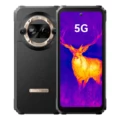
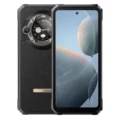
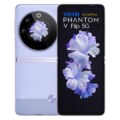
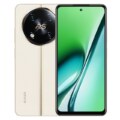

Leave a Reply